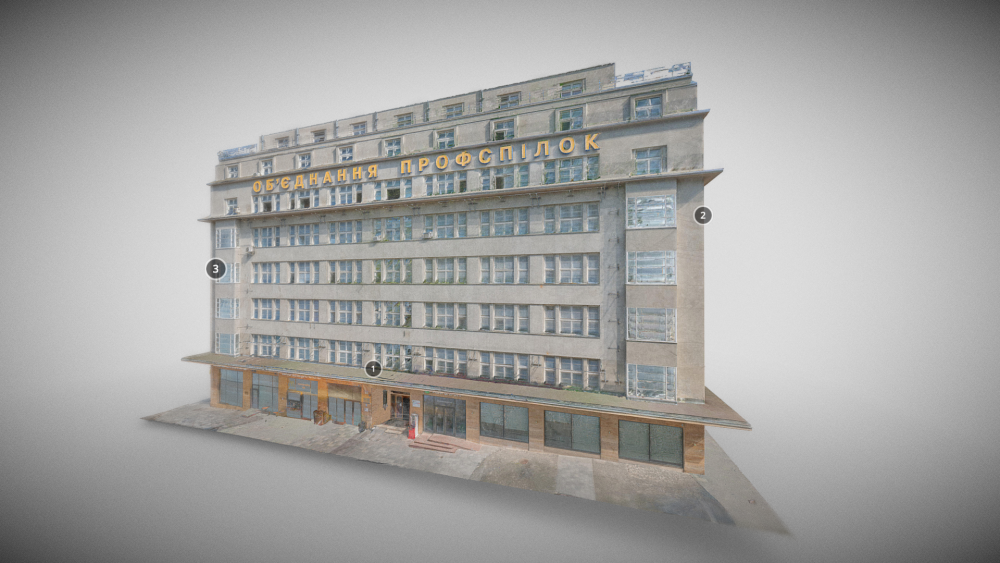(No) Return. Survived Buildings and Lost Lives
An exhibition by Myroslava Liakhovych in collaboration with Pan Hu and Meghan Rolvien
11 April–17 May 2024
gta exhibitions, Foyer, ETH Zurich, Hönggerberg
Opening: 10 April 2024, 6 pm, with a welcome by Myroslava Liakhovych with Laurent Stalder, Daria Ozhyhanova, Orkun Kasap, Pan Hu and Meghan Rolvien, Fredi Fischli and Niels Olsen
Guided tour of the exhibition Beverly Buchanan. I Broke the House at 5 pm
Interwar modernist architecture embodied ideas about a better life that was anticipated after the First World War, especially in newborn states in central-eastern Europe like the Second Polish Republic. Lwów, a city in the eastern Polish borderlands (today’s Ukrainian city, Lviv), was the centre of urban avant-garde experiments, which combined international style and local architectural approaches. In the 1920s and 1930s, the city’s multi-ethnic community was seeking to express itself and trying to find unity through modernist architecture, leaving traditional ways of life behind. Many architectural projects – office buildings, schools, hospitals and housing – took shape one after the other in the city. However, the mood changed dramatically in the second half of the 1930s, with Europe slipping into the abyss of fascism, totalitarianism and anti-Semitism and facing another world war. People were going to work and returning to their comfortable modernist homes in fear of a catastrophe, which erupted in September 1939 when after the German invasion of Poland, the Soviet Union occupied Lwów. Almost all the people who were living in these modernist houses were forced to leave and, in the worst cases, deported to Siberia. After the war, 90 percent of the city’s population was lost: Polish people were resettled, Jewish people were killed by the Nazis, and Ukrainian people deported or killed by the Soviets. Only buildings were left untouched, hiding the names and stories of lost people within their walls.
Investigating modernist buildings in Lviv, I kept wondering how all these people felt, forced to leave their homes and never coming back; what it must have been like to be killed in your own home or office. I understood in February 2022. History repeated: air raid alarms, attacks, fear of death and forced migration descended on Lviv again. The stories of death, deportation and flight are now stories of my people and me.
The exhibition shows 3D models of three buildings: an office skyscraper, a housing complex and a villa, simultaneously places of habitation and loss, with stories about past and present. Films allow us to walk through the buildings and observe details. We can visit these virtual spaces as much as we want but can never actually return home. History can go around in circles, and names and stories can return from oblivion, but our previous lives have been stolen, even if these buildings are still standing.
Infos
Institutions
| Title | Country | City | Details |
|---|---|---|---|
| gta exhibitions | Switzerland
|
Zürich
|
Switzerland
Zürich
|
